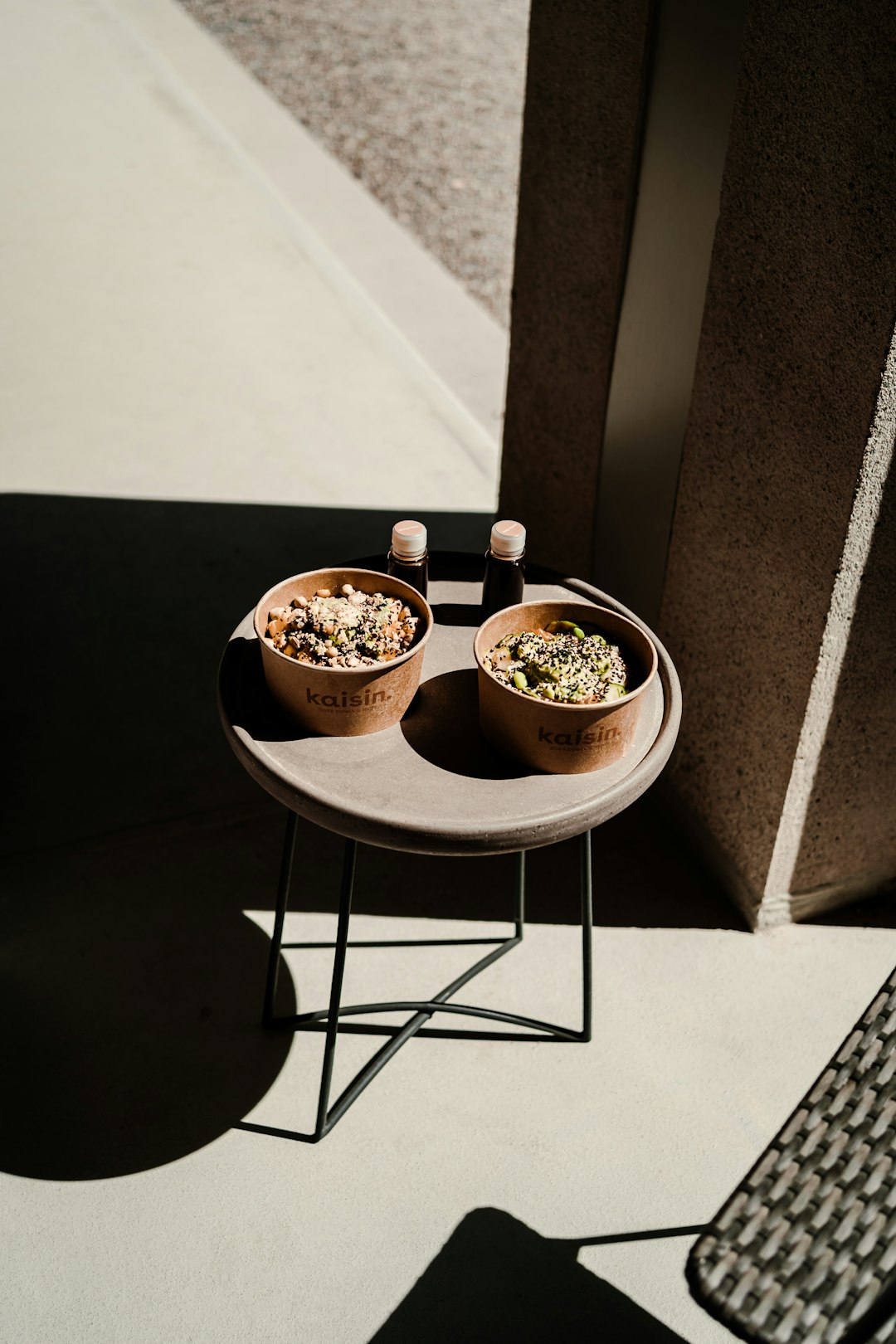
In the vast realm of international recipes, Korean cuisine stands out with its unique and captivating flavors. Among the many ingredients that contribute to its distinctiveness, sesame seeds and sesame oil play a crucial role, offering a double dose of that delicate Asian flavor. These are then complemented by the bolder tastes from ginger, green onion, and a hint of cayenne, creating a symphony of flavors that tantalize the taste buds.
Sesame seeds, with their tiny yet powerful presence, have been a staple in Asian cooking for centuries. They are not only a source of rich, nutty flavor but also bring a delightful crunch to dishes. Whether sprinkled on top of a savory pancake or incorporated into a marinade, sesame seeds add a layer of complexity that elevates the overall taste. The oil extracted from these seeds, sesame oil, is equally important. It has a deep, earthy aroma and a smooth, velvety texture that can transform a simple dish into a culinary masterpiece.
When it comes to Korean cuisine, sesame seeds and sesame oil are used in a variety of ways. One of the most popular applications is in the preparation of sesame dressing. This dressing is a staple in many Korean households and is often used to dress salads, noodles, or as a dipping sauce for dumplings. To make a basic sesame dressing, you start by toasting sesame seeds in a dry pan until they turn golden brown and release their fragrant aroma. Then, you grind them into a paste using a mortar and pestle or a food processor. Next, you add sesame oil, soy sauce, a touch of honey or sugar for sweetness, and a splash of vinegar for acidity. The result is a creamy, flavorful dressing that can be customized to suit your taste preferences.
Another classic Korean dish that features sesame seeds and sesame oil is bibimbap. This colorful and nutritious meal consists of a bowl of steamed rice topped with an array of vegetables, meat, and a fried egg. The vegetables are typically stir - fried in sesame oil, which not only imparts a delicious flavor but also helps to retain their nutrients. A generous sprinkle of sesame seeds on top adds a final touch of crunch and flavor. The combination of the warm rice, fresh vegetables, and savory meat, all tied together with the nutty sesame oil and seeds, makes bibimbap a truly satisfying and comforting dish.
Ginger is another key ingredient in Korean cuisine that pairs beautifully with sesame seeds and sesame oil. Ginger has a spicy, pungent flavor that can cut through the richness of the sesame oil and add a refreshing kick to the dishes. In Korean cooking, ginger is often used in marinades for meats and seafood. For example, when marinating beef for bulgogi, a popular Korean barbecue dish, ginger is grated and mixed with soy sauce, garlic, sesame oil, and other seasonings. The ginger not only tenderizes the meat but also infuses it with a complex flavor that is both spicy and sweet.
Green onions, also known as scallions, are a common sight in Korean dishes. They have a mild, onion - like flavor that adds a fresh and vibrant element to the food. Green onions are often used as a garnish, chopped and sprinkled on top of soups, stews, and grilled meats. When combined with sesame seeds and sesame oil, they create a visually appealing and flavorful contrast. The bright green color of the green onions against the golden - brown sesame seeds and the dark, rich sesame oil makes the dish look as good as it tastes.
A hint of cayenne can also be found in some Korean recipes, adding a subtle heat that balances out the other flavors. Cayenne pepper is not as commonly used in traditional Korean cuisine as it is in some other Asian cuisines, but when it is added, it can take the dish to a whole new level. For instance, in a spicy sesame noodle dish, a small amount of cayenne can be added to the sesame sauce to give it a bit of a kick. The heat from the cayenne is tempered by the richness of the sesame oil and the sweetness of the other ingredients, creating a harmonious blend of flavors.
In conclusion, the combination of sesame seeds, sesame oil, ginger, green onion, and a hint of cayenne in Korean cuisine is a testament to the artistry and creativity of Asian cooking. These ingredients work together to create a wide range of dishes that are not only delicious but also reflect the cultural heritage of Korea. Whether you are a seasoned cook or a beginner in the kitchen, exploring the world of Korean recipes with these key ingredients is sure to be a rewarding and flavorful experience.

The Magic of the Naked Cake: A Party - Stopper Recipe
The Magic of the Naked Cake: A Party - Stopper Recipe
A Delectable Appetizer Spread and Its Perfect Dipper
A Delectable Appetizer Spread and Its Perfect Dipper
The Alluring Spanish Wine - Based Punch: A Decades - Long American Favorite
The Alluring Spanish Wine - Based Punch: A Decades - Long American Favorite
The Refreshing Secret for a Crowd: Mint Juleps
The Refreshing Secret for a Crowd: Mint Juleps
Independence Day Culinary Delights
Independence Day Culinary Delights
Instant Pot Magic: A Speedy Thanksgiving Turkey Breast Delight
Instant Pot Magic: A Speedy Thanksgiving Turkey Breast Delight
The Secret to Homemade Yogurt in Your Instant Pot
The Secret to Homemade Yogurt in Your Instant Pot
Unveiling the Secrets of Broccoli Preservation
Unveiling the Secrets of Broccoli Preservation
Conquering Candy Making in Challenging Weather
Conquering Candy Making in Challenging Weather
Fall's Bounty: Transforming Apples into Year - Round Delight
Fall's Bounty: Transforming Apples into Year - Round Delight
The Irresistible Fusion of Chicken and Broccoli: A Culinary Adventure
The Irresistible Fusion of Chicken and Broccoli: A Culinary Adventure
The Irresistible Delight of a Unique Chicken Sandwich
The Irresistible Delight of a Unique Chicken Sandwich
Unleashing the Magic of Chili: A Culinary Adventure
Unleashing the Magic of Chili: A Culinary Adventure
The Secret to Perfect Blueberry Muffins
The Secret to Perfect Blueberry Muffins
The Irresistible Upgrade for Your Morning Meal
The Irresistible Upgrade for Your Morning Meal
The Irresistible Allure of Stuffed Acorn Squash
The Irresistible Allure of Stuffed Acorn Squash
A Flavorful Meat - Free Taco Night Delight
A Flavorful Meat - Free Taco Night Delight
Delicious Dairy - Free Casserole Alternatives
Delicious Dairy - Free Casserole Alternatives
A Tasty Twist for Your Meat - Free Meal
A Tasty Twist for Your Meat - Free Meal
The Art of BBQ and the Secret of Ripe Mangoes
The Art of BBQ and the Secret of Ripe Mangoes